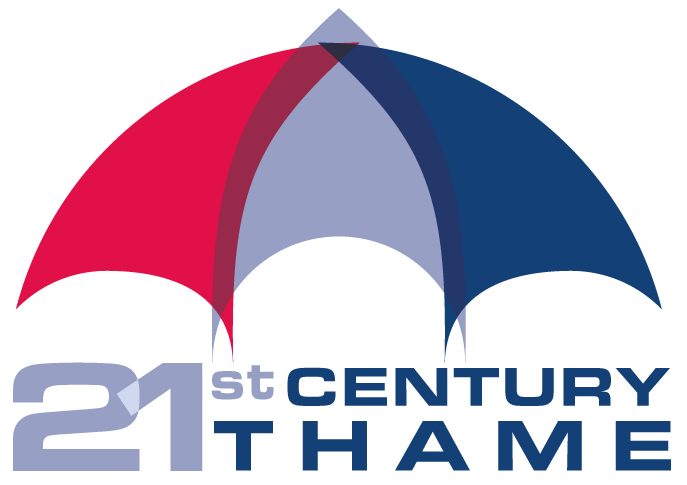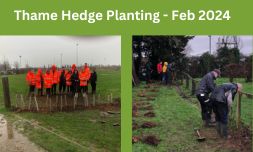
It was fascinating to be at the Climate Cafe at Cob Cottage Cafe in Chinnor last night. Ali Gordon-Creed told us about how and where bats live and what they need to survive.
I was recently at the Long Crendon Eco Cafe at the Baptist Church Hall in Long Crendon where Tracy from Bucksum Farm was showing everyone owl boxes, sparrow boxes, a lovely robin box made out of an old boot ! I came away with a bat brick. A brick that has been altered to allow it to be hung on the outside of buildings such that small bats can roost inside it.
21st Century Thame has been offered a number of these to be given away to community places like schools and retirement housing and there will be plenty left over for residents of Thame, Long Crendon, Chinnor and Haddenham (not exclusively!). We have one or two people who will install the bricks if needed too.
We are thinking a £5 donation for the brick and £10 for installation (or around that). Proceeds go towards the work that 21st Century Thame is doing to enhance the biodiversity of our environment including the Hedgehog Highways Project, Thame Trees, the project to reduce the use of disposable coffee cups locally among others.
If you are interested in one or more bat bricks please do register your interest by emailing [email protected] – please give us your name, contact details and how many bricks you are interested in.
Thanks for getting involved in this and helping to provide more roosts for local bats
Here are just a few reasons why bats are good for our gardens :
They are night pollinators and over 500 species of plants rely on bats for pollination. So having bats in your garden will lead to healthier flowerbeds.
They eat pests :
- Mosquitos
- Flying beetles
- Wasps
- Gnats
- Caterpillars
So you don’t need to use pesticides
Bat poop is known and guano and its a natural brilliant fertiliser
Bats are an indicator for the health of the eco system in any area they live as bats around mean enough insects




